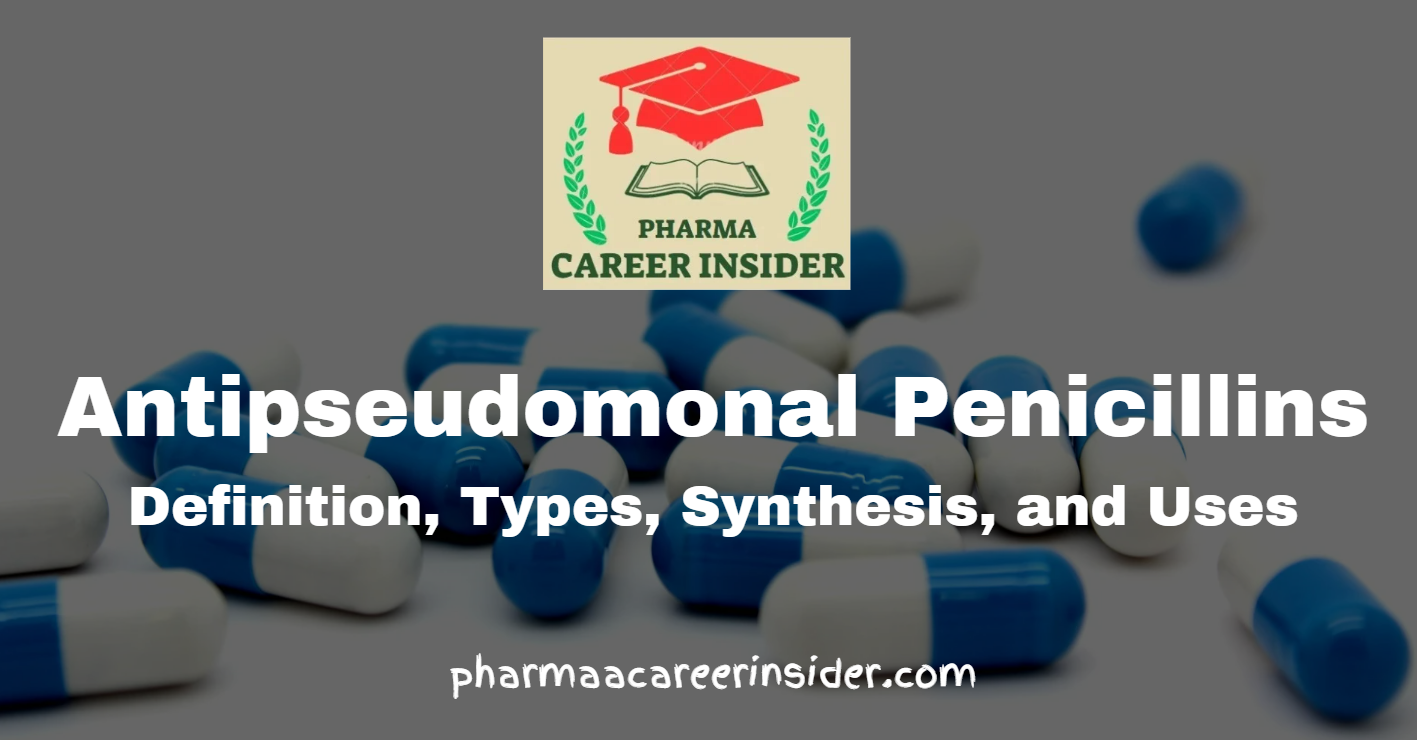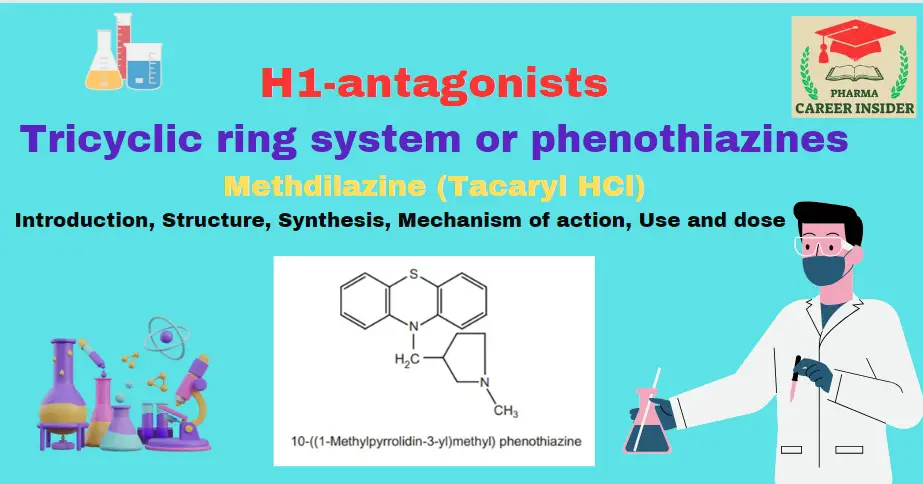Antipseudomonal penicillins are a class of antibiotics specifically designed to combat infections caused by Pseudomonas aeruginosa, a notorious and often drug-resistant pathogen. These antibiotics possess a broader spectrum of activity against Gram-negative bacteria, including Pseudomonas, due to their enhanced stability against β-lactamase enzymes produced by many bacteria. By inhibiting the synthesis of bacterial cell walls, antipseudomonal penicillins like piperacillin and ticarcillin disrupt the integrity of bacterial cells, ultimately leading to their death. These antibiotics are commonly used in the treatment of severe infections, such as pneumonia, sepsis, and urinary tract infections, especially when caused by multidrug-resistant bacteria. However, their use requires careful consideration due to the risk of developing bacterial resistance and potential adverse effects, including allergic reactions and disruption of normal gut flora.
1. Carbenicillin

Synthesis of Carbenicillin:

Properties and uses of Carbenicillin
It is a white to off-white crystalline powder with a bitter taste and hygroscopic properties. It is soluble in water or alcohol but is insoluble in chloroform or ether.
Carbenicillin is used to treat bacterial infections including urinary tract, respiratory tract, skin, soft tissue, intra-abdominal, and gynecological infections. It is also used for prophylaxis and septicemia.



